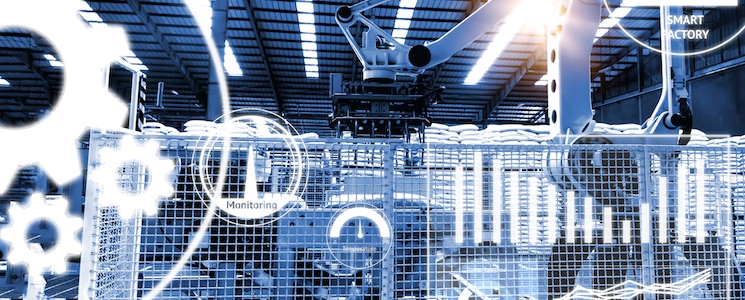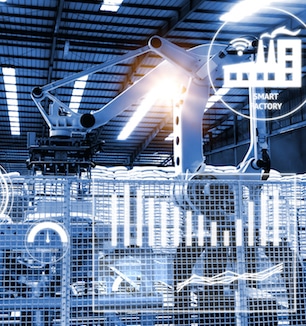
The Industrial Internet Consortium (IIC) has released new standards for the Industrial Internet of Things (IIoT) designed to provide a connectivity framework that can be held in common by IT companies, manufactures and providers of operational technology (OT). If widely adopted, it represents a smoother pathway towards digital manufacturing uniformity and a serious reduction in integration headaches.
These IIC consortium standards address areas such as better device security, ease of connectivity and bridging the gap between legacy and digital technologies. This enables manufacturers to gain greater access to existing datasets while opening up new data streams they can utilize for analysis and better management.
The goal of ubiquitous connectivity, though, is far from an easy one to achieve. A great many IT and OT companies have come to the table to iron out their differences in order to facilitate data sharing amongst participating organizations. Connectivity means ability to exchange data originating from sensors, machines, robots, shop floor systems, controllers and IT applications.
The IIC, therefore, came up with an Industrial Internet Reference Architecture to provide improved connectivity as more and more IoT devices flood the market. According to research firm International Data Corp. (IDC), tens of billions of these sensors and devices will be with us within a few short years.
Thus, the model of having a large number of proprietary connectivity technologies, standards and protocols in operation has to change. Yes, these various systems do manage to communicate and achieve some level of interoperation. Yet there remain vast information siloes and many areas hidden from other systems. For example, there are different standards for certain industry verticals and competing standards between IT and OT interests. This is hindering data sharing and slowing progress towards digital manufacturing.
The IIC’s goal, then, is to open up data that was previously locked away in isolated systems and provide interoperability between components, systems, subsystems and new applications. This applies both within and across industries.
Those designing, implementing or planning to adopt IIoT technologies, therefore, are advised to review IIC documentation. It answers questions such as
- What connectivity layers to expect for IIoT?
- What core functions to expect from each layer?
- What are the typical considerations and trade-offs at each layer?
- How to open up communication to participants using a domain – specific connectivity technology?
- What is expected from core connectivity standards?
- How to categorize a given connectivity technology?
- How to evaluate a given connectivity technology?
- How to determine suitability of a connectivity technology against system requirements?
- How to determine the most appropriate core connectivity standard?
- What are the most suitable core connectivity standards for a particular (sub)system?
iBase-t works with standards bodies to ensure its systems are interoperable with ERP, PLM and other manufacturing systems. The company has established close relationships with major players in IT, OT and the IIoT to ensure the iBase-t Digital Manufacturing system guarantees interoperability, connectivity and provides an assured pathway towards digital transformation.


